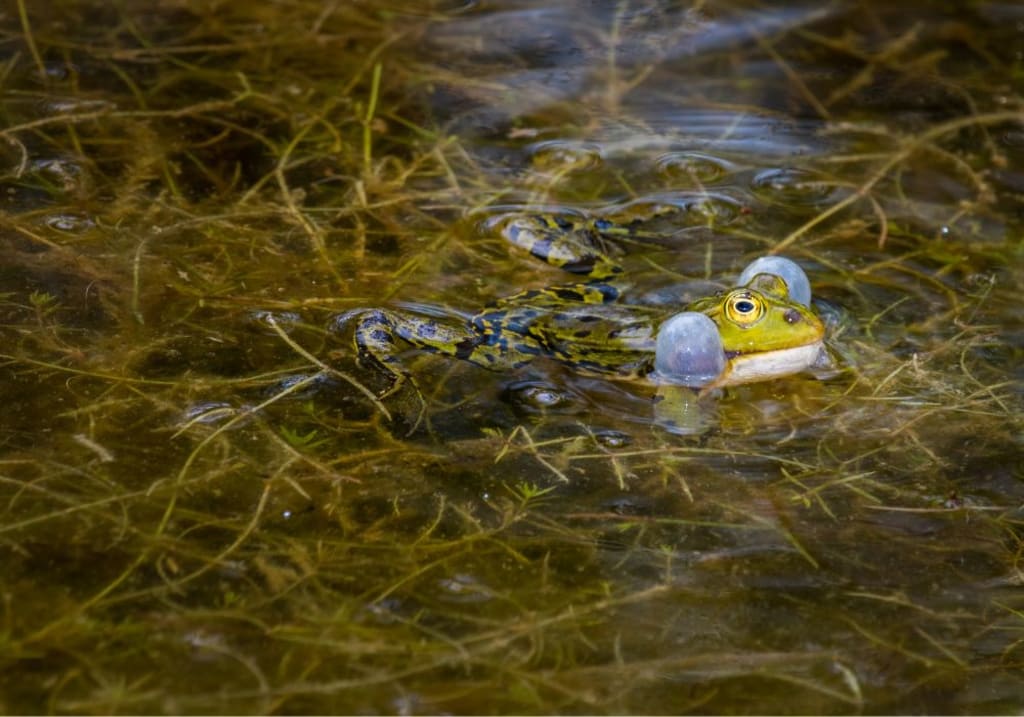
Recognizing Common Behavioral Patterns in Pet Frogs
Frogs can make fascinating and rewarding pets, but understanding their unique behaviors is key to providing them with proper care and ensuring their well-being. As with any animal, observing your pet frog's actions and body language can reveal important insights about its health, comfort, and overall state of being. In this comprehensive guide, we'll explore the most common behavioral traits exhibited by popular pet frog species, helping you become a more attentive and responsive caretaker.
Exploring Daytime vs. Nighttime Activity Levels
One of the first things you'll notice about your pet frog is its activity patterns throughout the day. Many frog species, such as White's Treefrogs and African Dwarf Frogs, are known to be more active during the night hours. These nocturnal frogs may spend the daylight hours resting or hiding, only to become lively and alert as the sun sets. In contrast, species like Poison Dart Frogs and Fire-Bellied Toads are often diurnal, meaning they are more likely to be out and about during the day. Understanding your frog's natural circadian rhythms will help you anticipate and cater to its preferred activity periods.
Feeding Behaviors and Prey Capture Techniques
Observing how your pet frog approaches and consumes its food can provide valuable clues about its overall well-being. Healthy, well-fed frogs will typically exhibit a strong, enthusiastic feeding response, quickly striking at prey items and swallowing them whole. Frogs that appear disinterested in food, refuse to eat, or exhibit sluggish or uncoordinated feeding behaviors may be experiencing health issues that require further investigation
It's also important to note the specific prey capture techniques used by different frog species. Some, like the African Bullfrog, are known for their powerful jaws and tooth-like projections, which they use to grasp and subdue larger prey. Others, such as Poison Dart Frogs, rely on their agility and quick reflexes to snatch up smaller insects. Observing these natural hunting behaviors can provide insight into your frog's physical capabilities and dietary needs.
Territorial Behaviors and Social Interactions
The way your pet frog interacts with its environment and any tankmates can reveal a lot about its comfort level and social dynamics. Many frog species, including Horned Frogs and African Clawed Frogs, are known to be territorial and may exhibit aggressive behaviors, such as posturing, vocalizations, or even physical confrontations, to defend their space. On the other hand, some frogs, like White's Treefrogs, are more docile and may even form social bonds with their human caretakers.
Understanding the typical social behaviors of your frog's species can help you determine the appropriate housing conditions and ensure a harmonious living environment. Paying close attention to any changes in your frog's territorial or social interactions can also be an early indicator of potential health or environmental issues.
Breeding and Reproductive Behaviors
For those interested in breeding their pet frogs, observing their reproductive behaviors can be a fascinating and rewarding experience. Many frog species exhibit distinct courtship rituals, such as vocal calls, physical displays, or even elaborate underwater dances. Females may also exhibit specific behaviors, like forming lifelong pair bonds or carrying their eggs on their backs, depending on the species.
Recognizing the signs of breeding readiness, such as increased vocalizations, amplexus (mating embrace), or egg-laying, can help you provide the appropriate environmental cues and conditions to support a successful breeding event. Monitoring your frog's reproductive behaviors can also alert you to any potential health or environmental issues that may be impacting its ability to breed.
Stress Responses and Abnormal Behaviors
While it's important to celebrate the natural behaviors of your pet frog, it's equally crucial to be aware of any signs of stress or abnormal behaviors that may indicate an underlying problem. Frogs that appear lethargic, refuse to eat, or exhibit excessive hiding or escape attempts may be experiencing stress or discomfort due to factors such as improper housing, water quality, or health concerns.
Other red flags to watch for include excessive vocalizations, self-mutilation, or unusual postures or movements. These behaviors may signify that your frog is in distress and requires immediate attention from a qualified veterinarian.
By familiarizing yourself with the wide range of behavioral patterns exhibited by pet frogs, you can become a more attentive and responsive caretaker, able to quickly identify and address any potential issues that may arise. Remember, observing your frog's behavior is an ongoing process, and being attuned to even the subtlest changes can make all the difference in maintaining your pet's health and well-being.
About the Creator
Hasan
Welcome...
In this site of mine you can learn amazing things and many information that you don't know so please subscribe to my site.
Enjoyed the story? Support the Creator.
Subscribe for free to receive all their stories in your feed. You could also pledge your support or give them a one-off tip, letting them know you appreciate their work.






Comments
There are no comments for this story
Be the first to respond and start the conversation.